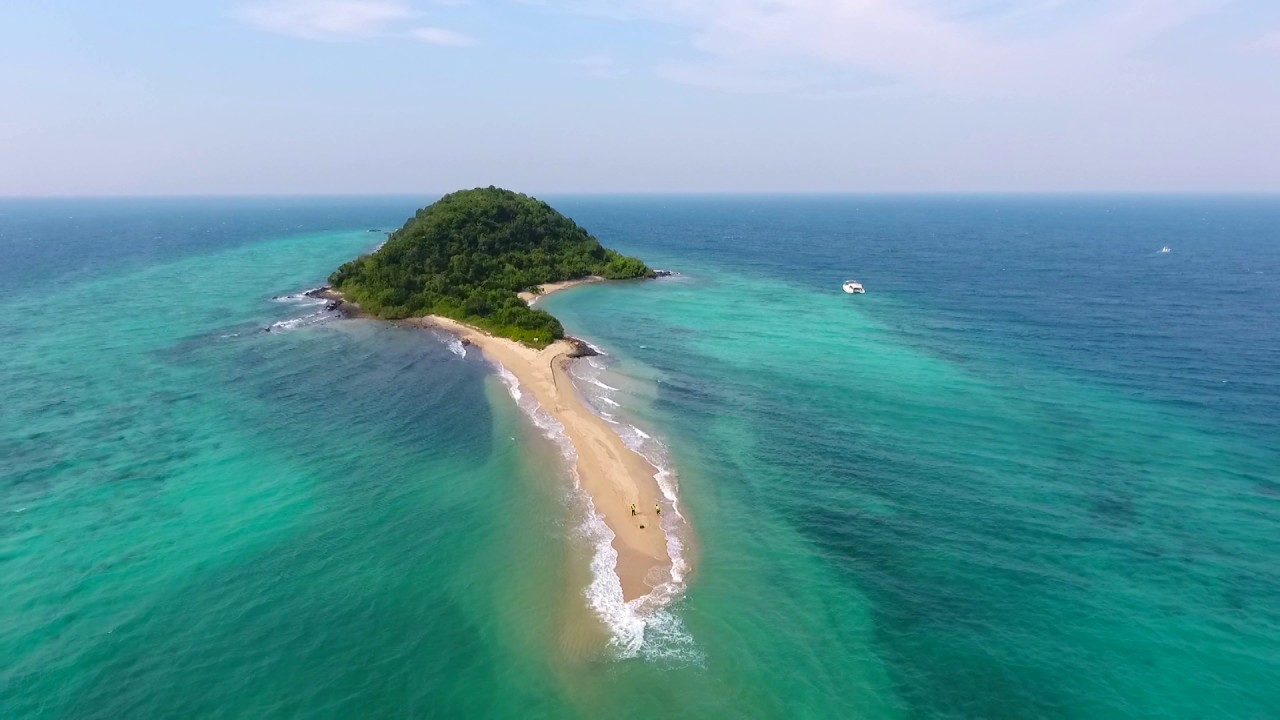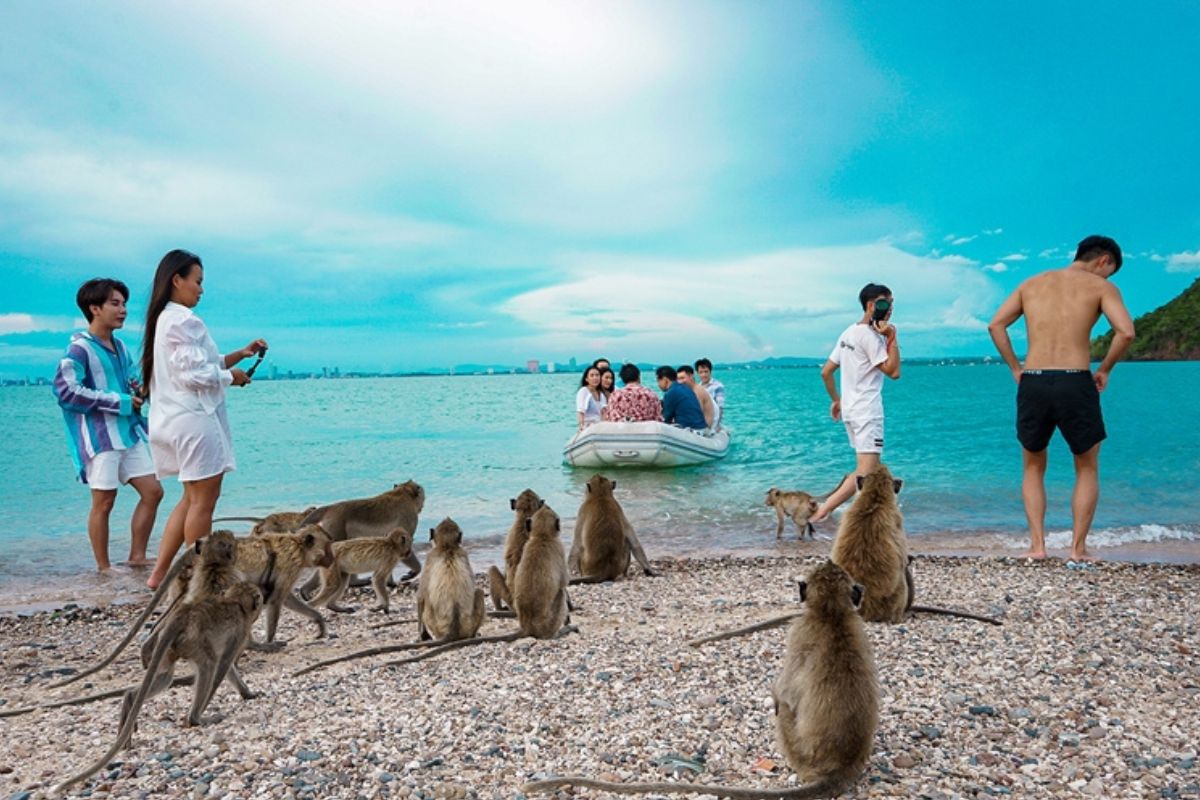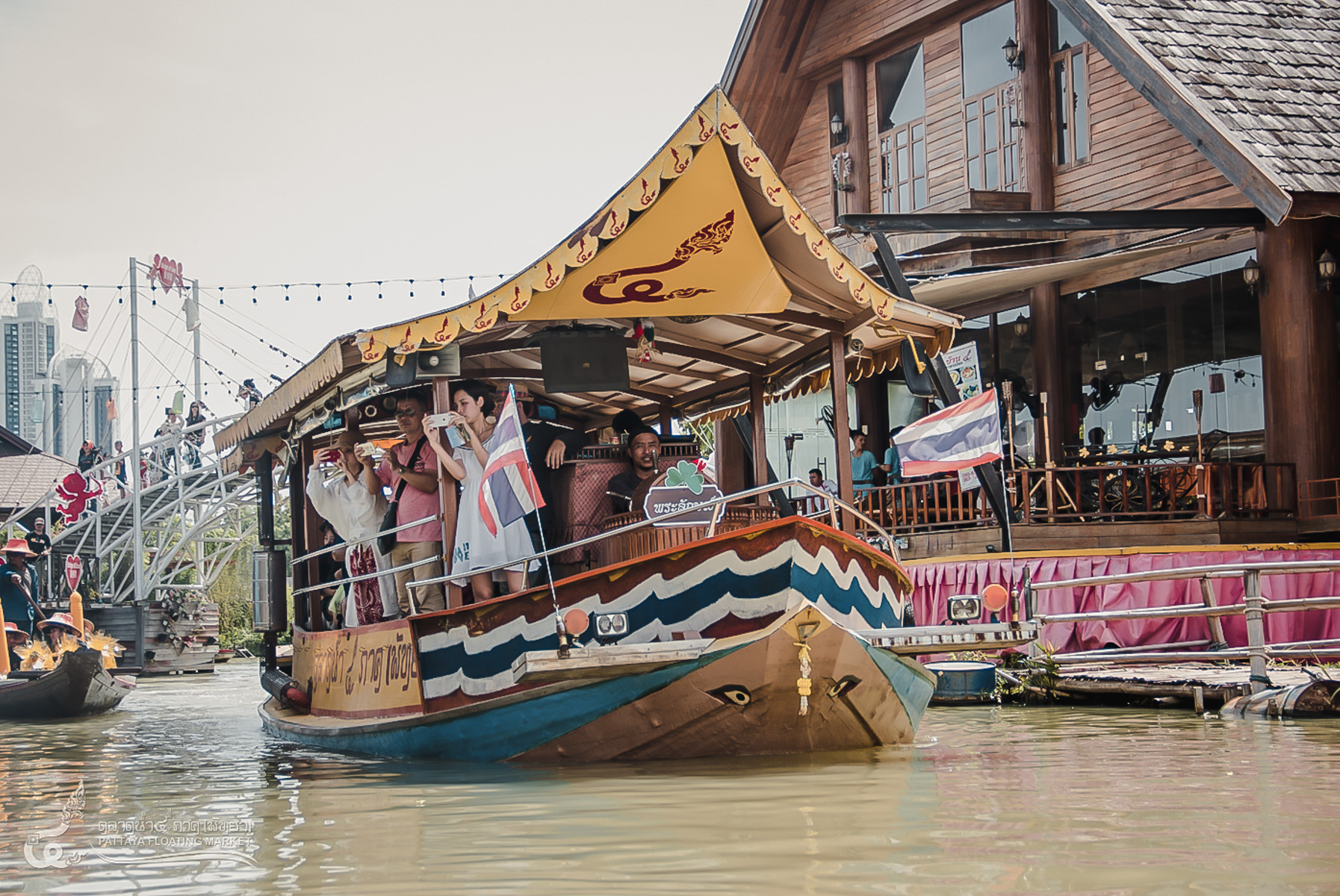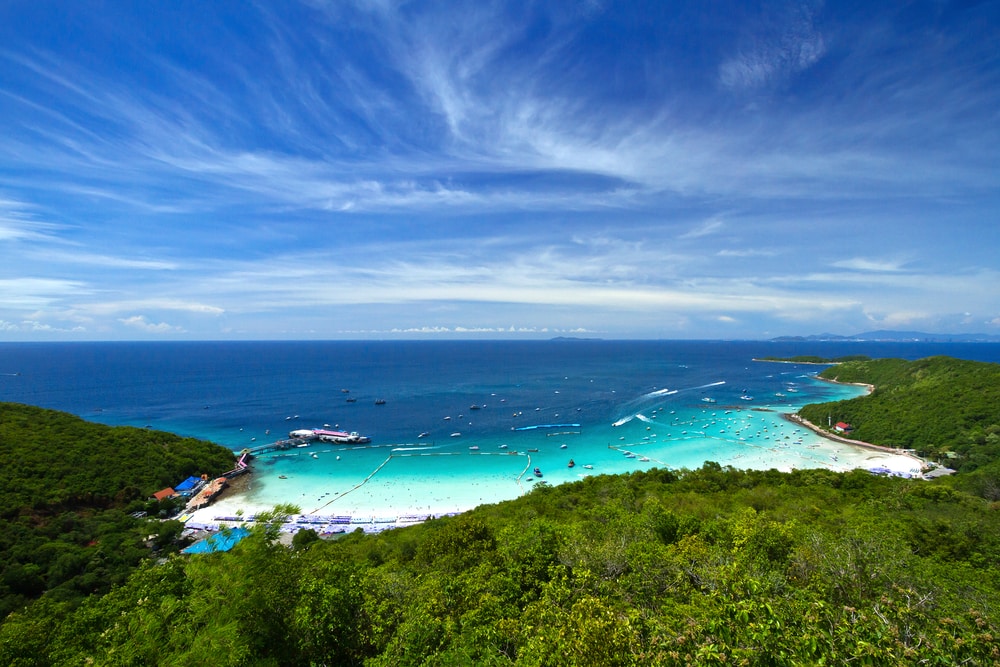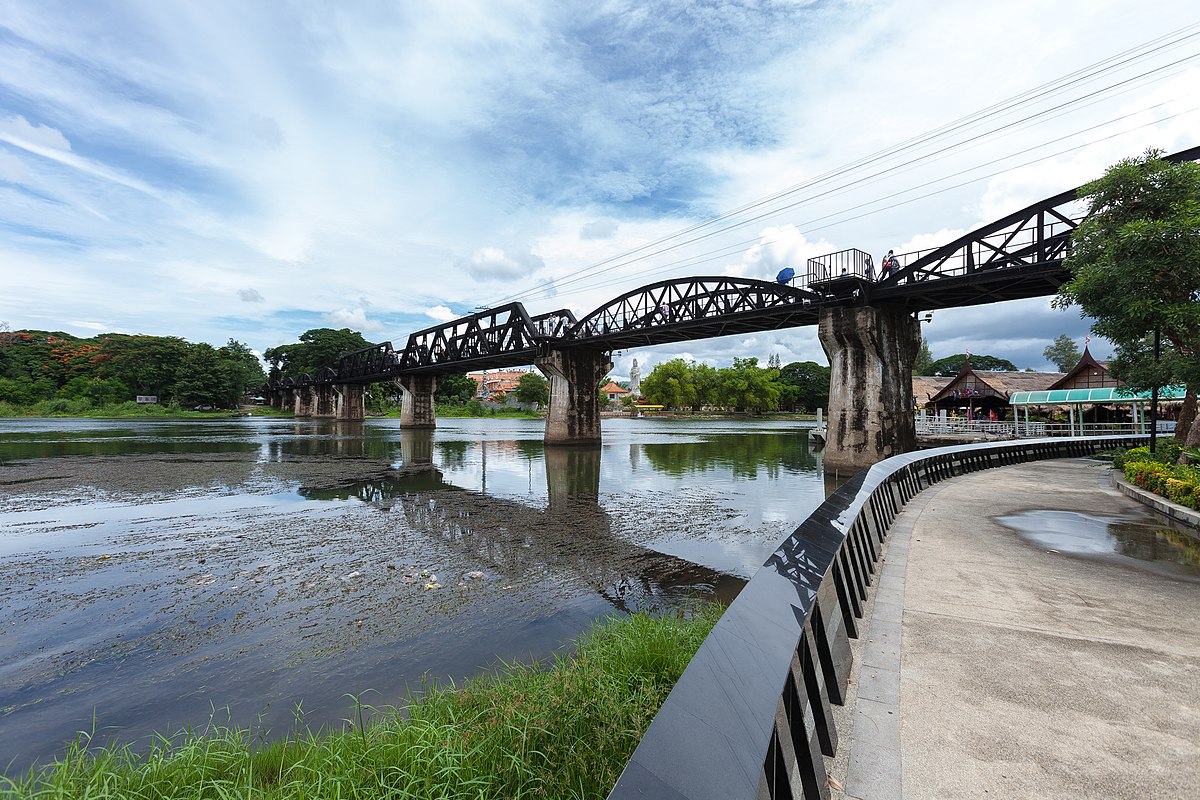Wat Pho, also known as the Temple of the Reclining Buddha, is a significant Buddhist temple complex located in the Phra Nakhon District, Bangkok, Thailand. It is renowned for housing the largest collection of Buddha images in Thailand, including a 46-meter-long reclining Buddha. The temple complex, which predates the establishment of Bangkok as the capital, is associated with King Rama I who rebuilt the temple on an earlier site. Wat Pho is also recognized as the birthplace of traditional Thai massage and was an early center for public education in Thailand
Wat Pho
Wat Pho location
Wat Pho is located in the Phra Nakhon District, Bangkok, Thailand. It is situated on Rattanakosin Island, directly south of the Grand Palace. The area is rich in history, dating back to the 16th century. The temple complex was originally named Wat Photaram or Podharam, from which the name Wat Pho is derived. The southern section of Wat Pho used to be occupied by part of a French Star fort that was demolished by King Phetracha after the 1688 Siege of Bangkok. As a travel destination, Wat Pho offers a serene and enlightening experience that transports visitors to a different time and space, deeply rooted in Thai traditions. It is an essential visit for anyone looking to fully understand the depth and diversity of Bangkok’s cultural landscape
Opening Hour: daily from 8:00 AM to 6:30 PM
Ticket fee: For foreigners, 300 baht.
How to get to Wat Pho
- By Subway and Bus: You can take the subway from MRT สุขุมวิท;Mrt Sukhumvit to MRT สนามไชย;MRT Sanam Chai. The journey takes about 28 minutes and costs around $1. From MRT Sanam Chai, Wat Pho is a short walk away.
- By Night Bus: Alternatively, you can take the night bus number 3-11 from Sukhumvit Soi 12 to near Wat Pho. The journey takes about 38 minutes and costs around $1
History of Wat Pho
Origins and Establishment
Wat Pho, one of Bangkok’s oldest temples, predates the establishment of Bangkok as the capital by King Rama I. The origins of Wat Pho date back to the 16th century. It was originally named Wat Photaram or Podharam, from which the name Wat Pho is derived. The name refers to the monastery of the Bodhi tree in Bodh Gaya, India where Buddha is believed to have attained enlightenment.
King Rama I and the Restoration
King Rama I (1782-1809) of the Chakri Dynasty initiated the restoration and enlargement of a pre-existing temple within Wat Pho’s grounds. This area has historical roots dating back to the Ayutthaya era. The temple complex was rebuilt on an earlier temple site and became King Rama I’s main temple, where some of his ashes are enshrined.
Expansion and Renovation
The temple was later expanded and extensively renovated by King Rama III. The Reclining Buddha was built in 1832 during the reign of King Rama III. The image was made to show the passing of Buddha from his final Nirvana after death.
Wat Pho Today
Today, Wat Pho houses the largest collection of Buddha images in Thailand, including a 46 m long huge reclining Buddha. It is considered the earliest center for public education in Thailand, and the illustrations and inscriptions placed in the temple for public instructions have been recognized by UNESCO in its Memory of the World Programme. It houses a school of Thai medicine and is also known as the birthplace of traditional Thai massage, which is still taught and practiced at the temple.
Main attractions of Wat Pho
Reclining Buddha
The Reclining Buddha is one of the most famous attractions at Wat Pho. This enormous statue measures 46 meters long and is covered in gold leaf. The statue represents the passing of the Buddha into Nirvana. The soles of the feet of the Reclining Buddha are intricately decorated with mother-of-pearl, depicting 108 auspicious scenes in Chinese and Indian styles.
Phra Ubosot or Ordination Hall
The Phra Ubosot is considered the most important building in the Wat Pho complex. Inside, you’ll find the Phra Buddha Theva Patimakorn, the largest golden statue of the Buddha, sitting on a three-tiered pedestal made of gold and crystal. The entire hall emits an ethereal golden glow, providing a truly otherworldly experience.
Phra Rabiang and Buddha Statues
The Phra Rabiang is a complex surrounding the Phra Ubosot, housing about 400 of the over 1,000 Buddha statues found in Wat Pho. These statues, which can be traced back to the latter part of the 18th century, are arranged in rows along the inner and outer cloister. You’ll also find four viharn or temples, one on each side of the Phra Rabiang, each dedicated to a different form of Buddha.


